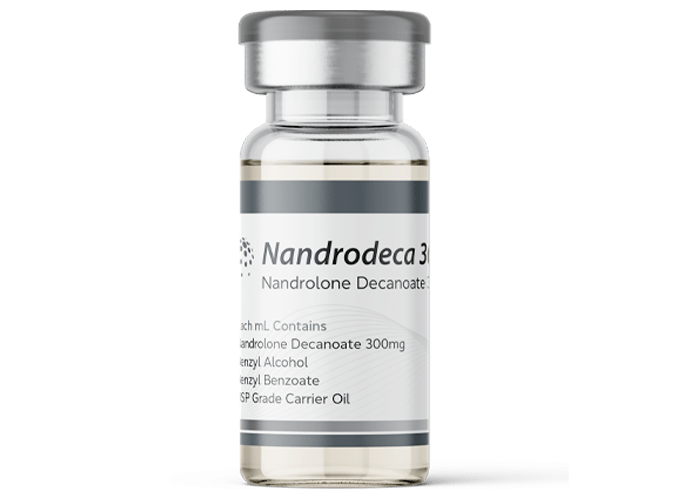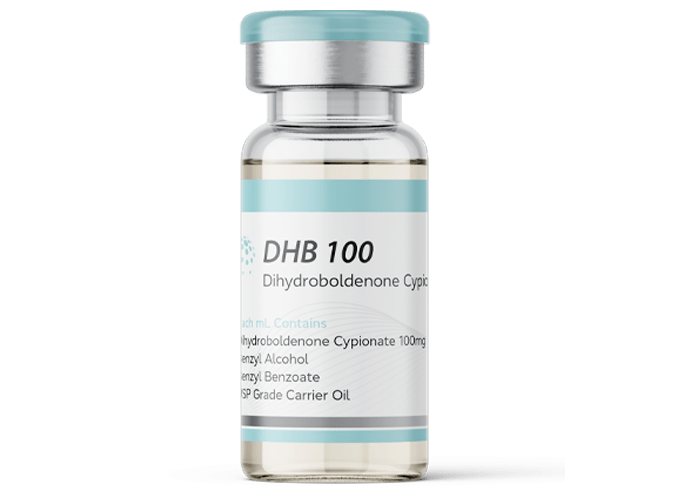Description
CLINICAL PHARMACOLOGY
Testosterone and dihydrotestosterone are responsible for normal growth and development of the male sex organs and for maintenance of secondary sex characteristics. These effects include the growth and maturation of the prostate, seminal vesicles, penis, and scrotum; the envelompent of male hair distribution, such as facial, pubic, chest, and axillary hair; laryngeal
enlargement; vocal cord thickening; alterations in body musculature; and fat distribution and have been reported to stimulate the production of red blood cells by enhancing the production of erythropoietin stimulating factor. Male hypogonadism results from insufficient secretion of testosterone and is characterized by low serum testosterone concentrations. Symptoms associated with male hypogonadism include decreased sexual desire with or without impotence, fatigue and loss of energy, mood depression, regression of secondary sexual characteristics, and osteoporosis. Hypogonadism is a risk factor for osteoporosis in men. Androgens have been reported to increase protein anabolism and decrease protein catabolism. Nitrogen balance is improved only when there is sufficient intake of calories and protein. Esterification of
testosterone at position 17 increases the lipid solubility of the testosterone molecule and prolongs the activity of the molecule by increasing its residence time. Following intramuscular administration in an oily vehicle, testosterone ester is slowly absorbed into the circulation and rapidly hydrolysed in plasma to testosterone. Circulating testosterone is chiety bound in the serum to sex hormone-binding globulin (SHBG) and albumin. Testosterone is metabolized to various 17-ketosteroids through two different pathways. The major active metabolites of testosterone are estradiol and dihydrotestosterone.
INDICATIONS
Testoviron E 250 Injection i indicated for replacement therapy in
conditions associated with a deficiency or absence of endogenous testosterone Primary hypogonadism.





